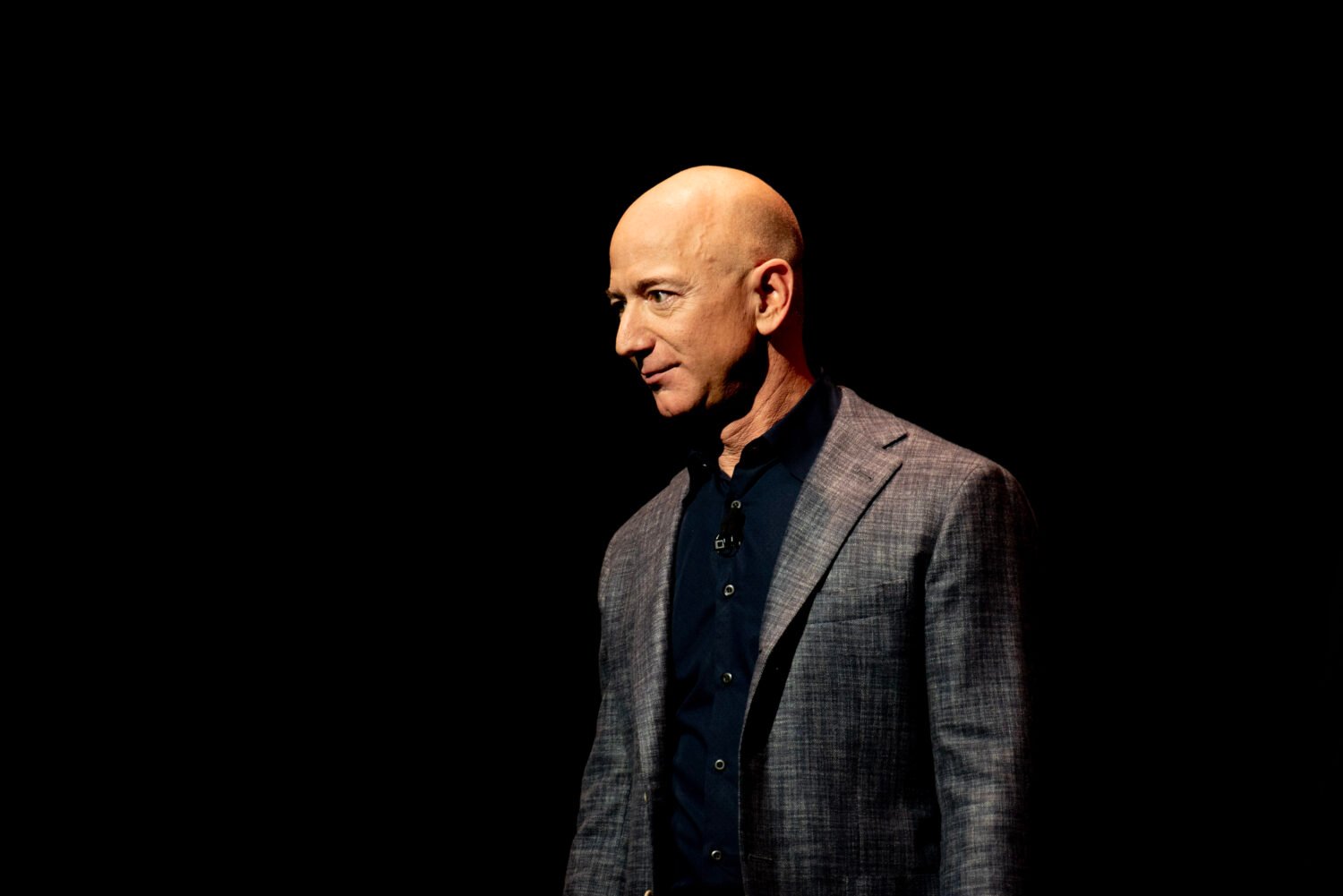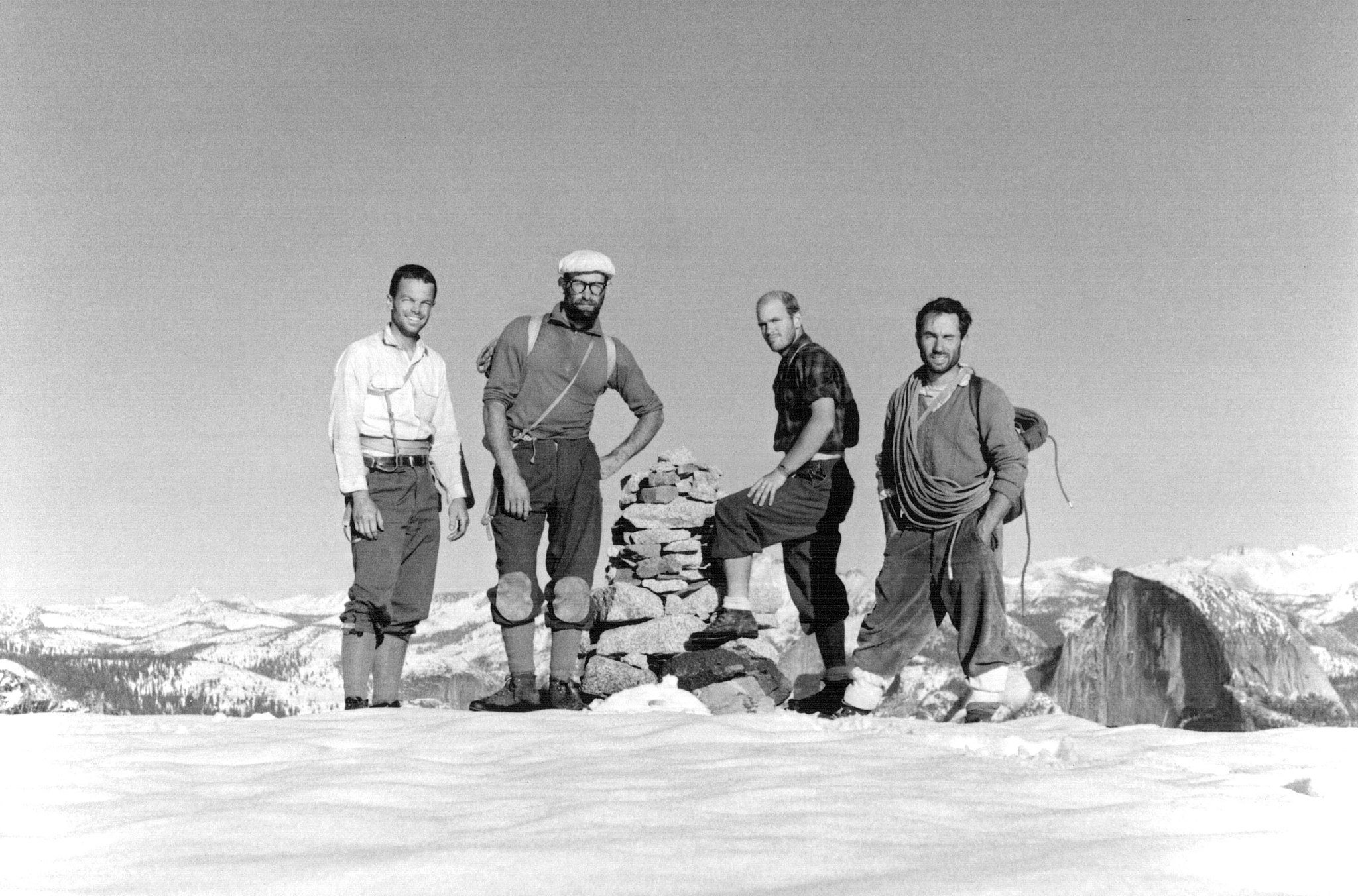5 Business Storytelling Examples to Learn From

We’ve all heard the story of how Jeff Bezos launched Amazon in 1994, by selling books online out of a rented garage and packing orders himself. That modest start makes a powerful origin tale for the company, which realized Bezos’ vision to become “the everything store” by growing into a $2.4 trillion ecommerce giant.
Amazon is a high-profile example, but any business can tell its story in a way that captures people’s imagination. And often, the leader is the central character.
For a primer on what business storytelling is, plus some more real-life examples of the artform, keep reading.
What are the key components of good storytelling?
First, let’s take a moment to consider what makes a story a story. Almost every successful story has the same key components.
In his book The Hero With a Thousand Faces, Joseph Campbell showed that many myths have a similar structure. The hero’s journey consists of three stages:
- Departure: The hero sets out on their quest
- Initiation: They find themselves tested along the way
- Return: The hero returns home
Think about how that structure translates to your favorite book, movie or TV series, which almost always includes these elements:
- Protagonist: The main character, who’s facing a challenge or pursuing a goal
- Conflict: The big problem they must overcome
- Turning point: A fateful decision, discovery or realization that changes everything for our hero
- Resolution: The conflict is resolved
Effective stories also often have a “why” — a memorable meaning or lesson that speaks to something bigger than the characters. It resonates emotionally, too, evoking strong feelings that encourage you to share it with others.
Good storytelling can have a big influence on purchasing decisions. For more than half of shoppers, loving a brand story makes them more likely to buy a product.
Why “telling stories” is good business
A company that knows how to tell stories can set itself apart from the competition.
For starters, stories make a stronger impression than facts and figures. In one study, more than 60% of people were able to remember stories, while just 5% could recall individual statistics. And three-quarters of consumers are more likely to remember a brand if it’s associated with a meaningful story.
Good storytelling can also have a big influence on purchasing decisions. For more than half of shoppers, loving a brand story makes them more likely to buy a product. And in another study, attaching a story to inexpensive products and selling them online generated an eye-popping ROI of 2,700%.
The most effective business storytellers? People
It might sound obvious, but a business shouldn’t tell its story via faceless corporate blog posts. People want to hear from other people.
At any company, the founder or CEO and other members of the leadership team should be its key storytellers. Their thought leadership is a powerful tool to cut through the noise, connect with their audience and elevate the brand.
But getting that right is easier said than done. The best approach: a comprehensive thought leadership strategy that positions you or your company as an authority in your field. A major part of that strategy is sharing compelling stories.
Many business leaders opt for a mix of earned media and bylines they create and place with help from a thought leadership agency.
Where to tell a business story
Another key piece of any thought leadership strategy: deciding where to tell and amplify your business story. Here are a few options:
LinkedIn and other social media
For leaders who want their stories to reach an audience, social media is quick, direct and effective. Right now, LinkedIn is the preeminent medium for companies, but execs also use X and other platforms.
Media coverage and bylines
Whether you earn coverage or pay for a spot, business media is a prime storytelling venue. Op-eds, press interviews and podcast appearances are just some of the possibilities. Many business leaders opt for a mix of earned media and bylines they create and place with help from a thought leadership agency.
Company comms
Presentations to employees, investors and other stakeholders are a vital avenue for business storytelling. When a leader tells an authentic and captivating story, it can help retain and attract talent, as well as convince investors that the business is worth backing.
When a business has a purpose beyond making money, telling that story can help set it apart.
5 real-life examples of business storytelling
Business storytelling can take many forms, but the same fundamental narratives crop up again and again, largely because they connect with people. Here are five examples where the leader plays a central role:

Brian Chesky and Joe Gebbia started Airbnb by renting out air mattresses in their apartment to make rent. Credit: Airbnb
The origin story: Airbnb
A business origin story paints a vivid picture of how a company came into existence. Typically, the founder or founders are trying to solve a problem. When they overcome that obstacle, it leads to a breakthrough that enables them to launch a viable business.
Take Airbnb, which was founded by roommates Brian Chesky and Joe Gebbia in 2007. The pair needed to pay the rent, so when a conference came to their hometown of San Francisco and hotels were sold out, they seized the moment. Chesky and Gebbia put some air mattresses in their apartment and advertised them online to attendees as “Air Bed and Breakfast.”
That humble money-making scheme soon became Airbnb, which has since expanded to more than five million hosts with some two billion guests in every corner of the globe.

Steve Jobs returned as CEO of Apple in 1997 and transformed the struggling company. Credit: Wikimedia Commons
The turnaround story: Apple
Everybody enjoys a good comeback story. The business world is littered with the corpses of failed companies, but sometimes a leader pulls off an unexpected turnaround.
Few have done so as dramatically as Steve Jobs, who in 1997 returned to the helm of the company he’d founded. With Apple on the verge of bankruptcy, interim CEO Jobs slashed its clunky, bloated product line, oversaw the launch of the iMac and took the company back to its user-friendly roots.
Under Jobs, Apple went on to release the groundbreaking iPod and iPhone, too. Today, it’s one of the world’s three most valuable companies.

Yvon Chouinard (right) founded Patagonia with a mission to respect the environment. Credit: Wikimedia Commons
The purpose and mission story: Patagonia
When a business has a purpose beyond making money, telling that story can help set it apart. Consumers are four to six times more likely to purchase from, trust, and champion a company with a strong purpose. Meanwhile, more than three-quarters believe a company’s leader should embody its purpose and mission in their personal life.
Patagonia’s story fits the bill. Founder Yvon Chouinard, a skilled rock climber, started out by making climbing gear that wouldn’t damage rock faces. Chouinard then moved into outdoor apparel, launching what’s now called Patagonia in 1973 with the same mission to respect the environment. His company’s mantra: “We’re in business to save our home planet.”
Besides being an early adopter of organic cotton and recycled materials, Patagonia has long donated 1% of its sales to environmental causes. Early last decade, it launched the Don’t Buy This Jacket campaign to encourage people to repair, reuse and buy less clothing.
That message hasn’t deterred customers. Patagonia was valued at about $3 billion as of 2022, when annual profits were around $100 million. That year, Chouinard transferred ownership of the company to a trust and a nonprofit so all profits go toward fighting climate change and protecting undeveloped land worldwide.

Sarah Blakely bootstrapped shapewear company Spanx with $5,000 in savings. Credit: Wikimedia Commons
The overcoming adversity story: Spanx
Who doesn’t love a rags-to-riches story about a scrappy underdog? Some of the best business storytelling focuses on company founders who beat the odds.
In the late 1990s, Sara Blakely cut the feet off her control-top pantyhose so they’d look smooth under white pants. With $5,000 in savings and no fashion design or retail experience, she spent two years bootstrapping that clothing hack into a marketable product. Blakely, who struggled to find a hosiery mill that would work with her, then pitched her product to Neiman Marcus. She sold the rep on it by modeling white pants with and without Spanx.
Spanx soon got picked up by other major department stores, and Oprah Winfrey championed the brand. By 2012, Blakely was named the world’s youngest self-made female billionaire. In 2021, in a deal that valued her shapewear company at $1.2 billion, she sold a majority stake in Spanx to private equity firm Blackstone.

CEO Howard Schultz reinvigorated Starbucks with his vision of the coffee chain as a “third place” where people could relax and connect. Credit: Wikimedia Commons
The vision story: Starbucks
Some business leaders have a knack for creating a vision that helps move their company forward — and communicating it in simple terms.
When Howard Schultz returned as CEO of Starbucks in 2008, at the height of the global financial crisis, he gutted the C-suite and shut hundreds of stores. For the tough rebuild ahead, Schultz needed a vision for employees and investors to rally around. He settled on the idea of Starbucks as a “third place” — a space between home and work where people could hang out and connect.
That vision paid off for Starbucks, whose market cap swelled to $100 billion over the next decade. Schultz, who bought the company in 1987 for $3.8 million, led it from 11 locations to more than 28,000 in 77 countries before he retired in 2018.
How to start telling your business story
Storytelling may seem natural and effortless, but creating a polished story is an art. Equally important is delivering that message, which requires repetition and access to the right channels. For busy leaders, working with a thought leadership agency like ours is an efficient way to achieve both of those goals. Reach out here to book a consultation.
Curious If Your CEO or Executive Bio is Having the Right Impact?
We specialize in helping CEOs and senior executives put their best foot forward. If you’re curious whether your bio is working for you, share a link to your profile on LinkedIn or your bio on your company website, and we’ll prepare a customized Executive Bio Report Card like this. Follow this link to see how your CEO stacks up.
Follow this link to see how your CEO stacks up.



